The Maldives, with its crystalline waters and vibrant marine life, has long been a dream destination for snorkeling enthusiasts. Each resort island operates on a "one island, one resort" principle, offering unique underwater experiences. Understanding snorkeling grades can make all the difference when selecting your perfect Maldivian retreat.
Snorkeling grades in the Maldives are typically classified into three categories: excellent, good, and fair. These ratings reflect the accessibility, coral health, and marine biodiversity found just steps from your water villa or beachfront. While all Maldivian waters promise some aquatic wonder, the difference between an excellent and fair snorkeling spot could mean swimming with manta rays daily versus occasionally spotting tropical fish.
House reefs form the cornerstone of any resort's snorkeling appeal. These are the coral ecosystems that surround or lie close to the resort island. The best house reefs allow guests to enter the water directly from their villa decks or the beach, revealing underwater marvels within minutes of slipping on your mask. Some resorts boast house reefs that rival famous dive sites, with dramatic drop-offs, coral canyons, and regular visits from pelagic species.
Currents play a significant role in determining a location's snorkeling quality. Gentle currents bring nutrients that sustain coral and attract diverse fish populations while being safe for casual snorkelers. However, some of the most marine-rich areas experience stronger currents that may challenge inexperienced swimmers. Several resorts address this by offering guided snorkeling tours or installing ropes that snorkelers can hold onto while drifting over spectacular coral formations.
The shape and geography of the island itself influence snorkeling conditions. Circular islands often have reefs all around, while elongated islands might have better snorkeling on one side. Resorts situated along the edge of an atoll typically offer more dramatic underwater topography than those located inside the lagoon. The depth of the lagoon also matters - shallow lagoons may limit coral growth but provide safer environments for beginners and children.
Coral regeneration projects have become a point of pride for many Maldivian resorts following the 2016 bleaching event. Forward-thinking properties now maintain coral nurseries where fragments are grown before being transplanted to the house reef. Some even invite guests to participate in coral planting programs. These efforts not only restore damaged ecosystems but also enhance the snorkeling experience for future visitors.
Seasonal variations affect marine life sightings. The southwest monsoon (May to November) brings plankton-rich waters that attract whale sharks and manta rays to certain atolls. During the northeast monsoon (December to April), visibility improves as the water becomes calmer and clearer. Savvy travelers choose their resort based not just on the snorkeling grade but also on the seasonal marine migrations.
Accessibility features distinguish truly snorkeler-friendly resorts. Thoughtful properties provide marine life identification charts, reef maps, and freshwater showers near snorkeling entry points. Some even station lifeguards at popular snorkeling areas or maintain underwater webcams so guests can check conditions before heading out. These considerations become especially valuable for families with children or nervous first-time snorkelers.
The house reef's entry points deserve special consideration. Ideal resorts maintain multiple marked entry and exit spots with ladders or gently sloping beaches. Less snorkeling-friendly properties might have only one difficult access point or require boat transfers to reach decent snorkeling areas. Nothing diminishes the snorkeling experience faster than struggling to enter or exit the water.
Marine biologists on staff elevate a resort's snorkeling program from good to exceptional. These experts lead educational snorkeling tours, deliver evening presentations about marine ecosystems, and often know exactly where to find resident turtles or rare fish species. Their presence indicates a resort's serious commitment to both conservation and guest experience.
Snorkeling safety measures vary widely between resorts. The best provide complimentary safety equipment like whistles and flotation devices, along with clearly marked snorkeling boundaries. Some install floating rest platforms in the middle of their house reefs - a welcome feature for those who want to take breaks without returning to shore. Daily reef condition updates and warning flags for currents demonstrate additional attention to guest safety.
Underwater photography services have become a hallmark of top snorkeling resorts. Professional photographers capture guests' encounters with turtles or reef sharks, often providing same-day edits. This service proves invaluable for those wanting high-quality images without investing in expensive underwater camera gear. Some resorts even offer photography workshops to help guests improve their own snorkeling shots.
The density and variety of fish populations often surprise first-time visitors to excellent snorkeling sites. Healthy reefs support intricate ecosystems where small damselfish coexist with larger predators. Certain resorts gain renown for specific sightings - some are known for regular octopus encounters, others for enormous schools of snapper that create living walls in the water. These unique characteristics often develop over decades of careful marine conservation.
Night snorkeling transforms familiar reefs into alien landscapes. Resorts offering guided night snorkels provide special torches that reveal nocturnal creatures like lobsters, hunting octopuses, and bioluminescent plankton. This after-dark experience adds another dimension to the snorkeling adventure, particularly at full moon when marine life activity peaks.
When comparing resorts, look beyond the simple snorkeling grade. Two properties might both claim "excellent" snorkeling, but one could have easy beach access while the other requires swimming against currents to reach the best spots. Detailed guest reviews and underwater photos often reveal these practical differences better than official ratings. Travel forums frequently have recent firsthand accounts that highlight changes in reef conditions.
The future of Maldivian snorkeling depends on sustainable tourism practices. Resorts that implement mooring buoys instead of anchors, enforce strict no-touch policies for marine life, and limit the number of snorkelers in sensitive areas help preserve these fragile ecosystems. Environmentally conscious travelers increasingly factor these practices into their resort selection alongside traditional snorkeling grades.
Ultimately, the perfect snorkeling resort balances accessibility with abundant marine life, safety with adventure, and convenience with natural wonder. Whether you dream of floating above gardens of staghorn coral, swimming alongside sea turtles, or witnessing the underwater ballet of a manta ray feeding frenzy, understanding snorkeling grades helps transform that dream into reality. The Maldives offers not just one perfect snorkeling destination, but dozens - each with its own underwater personality waiting to be discovered.

By George Bailey/Apr 11, 2025
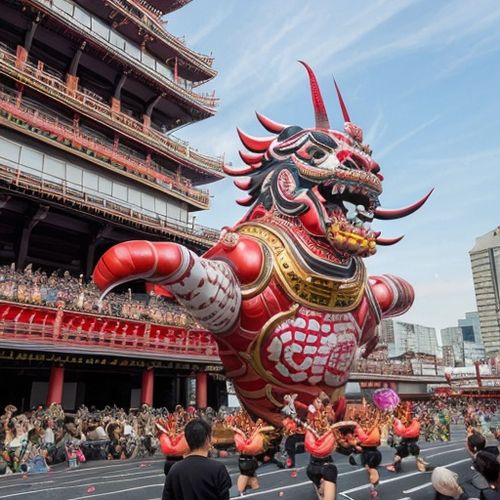
By Lily Simpson/Apr 11, 2025
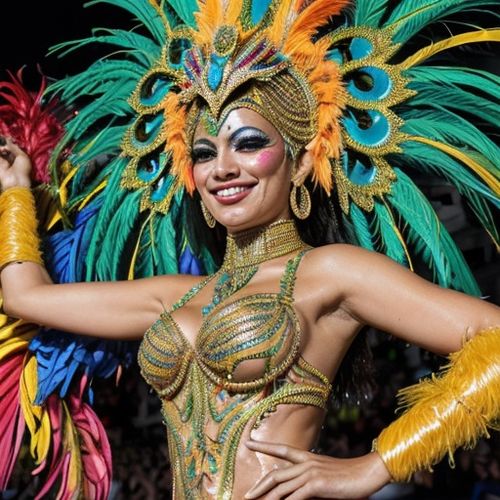
By Emma Thompson/Apr 11, 2025
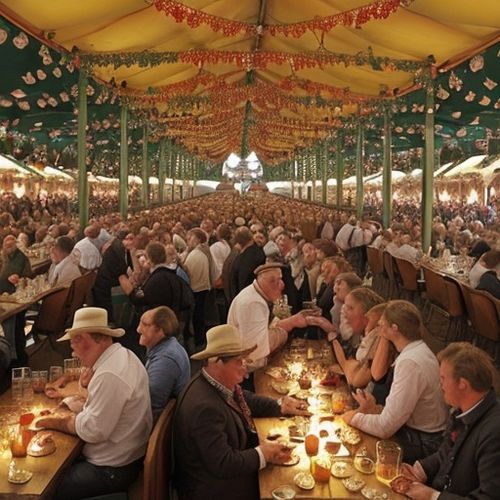
By Victoria Gonzalez/Apr 11, 2025

By Amanda Phillips/Apr 11, 2025
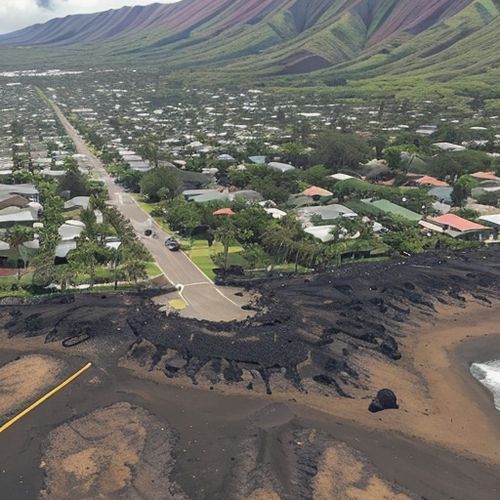
By Benjamin Evans/Apr 11, 2025
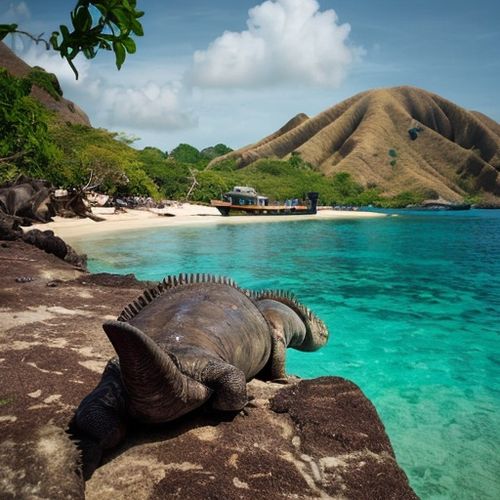
By William Miller/Apr 11, 2025

By Grace Cox/Apr 11, 2025
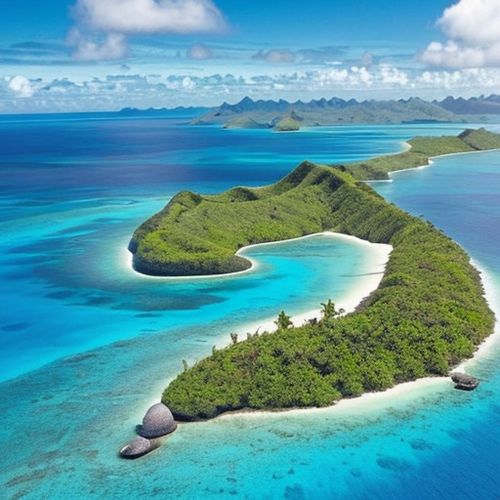
By Emma Thompson/Apr 11, 2025
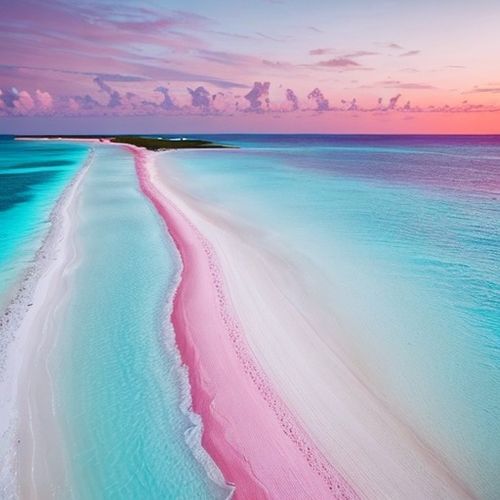
By Amanda Phillips/Apr 11, 2025
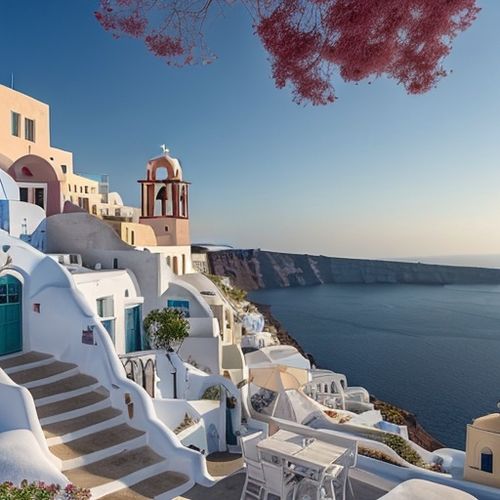
By Christopher Harris/Apr 11, 2025

By Noah Bell/Apr 11, 2025
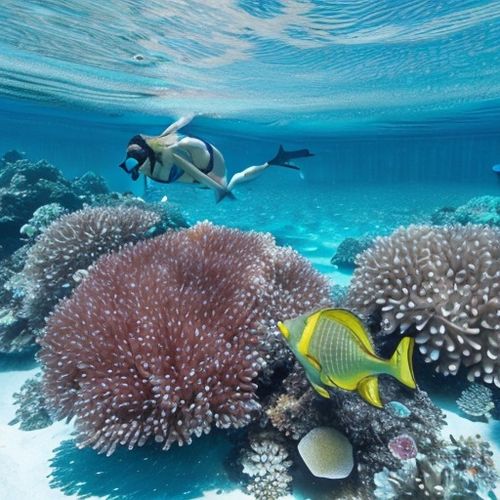
By Victoria Gonzalez/Apr 11, 2025
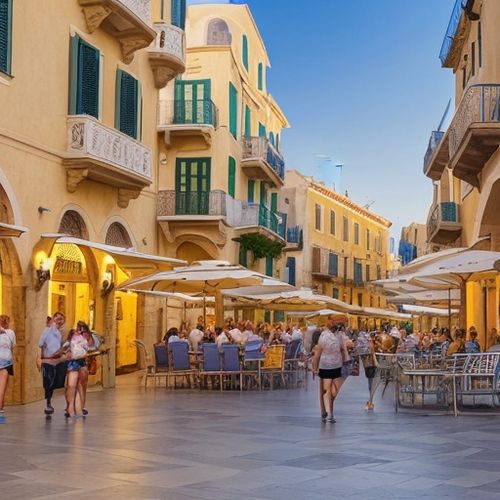
By Eric Ward/Apr 11, 2025
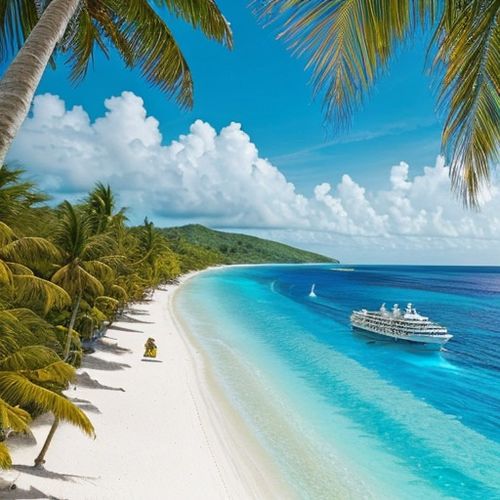
By Christopher Harris/Apr 11, 2025
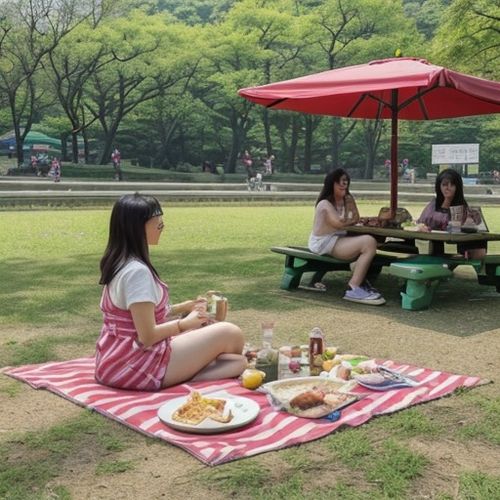
By David Anderson/Apr 11, 2025

By Christopher Harris/Apr 11, 2025

By Emily Johnson/Apr 11, 2025
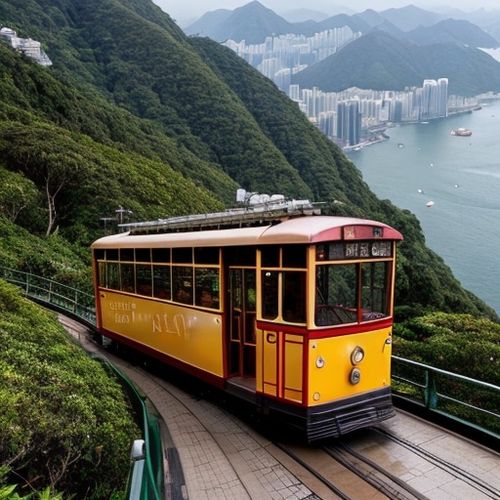
By Sophia Lewis/Apr 11, 2025

By Jessica Lee/Apr 11, 2025